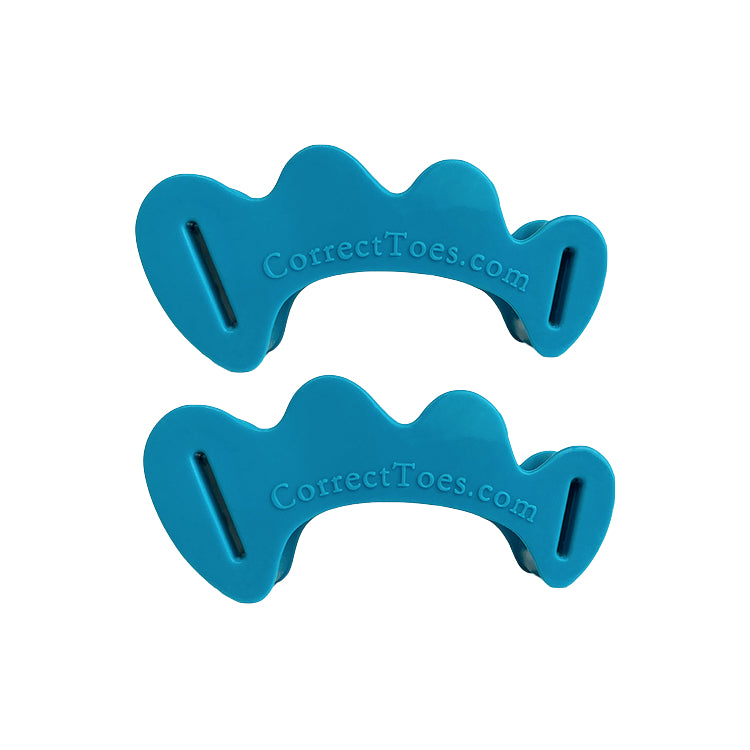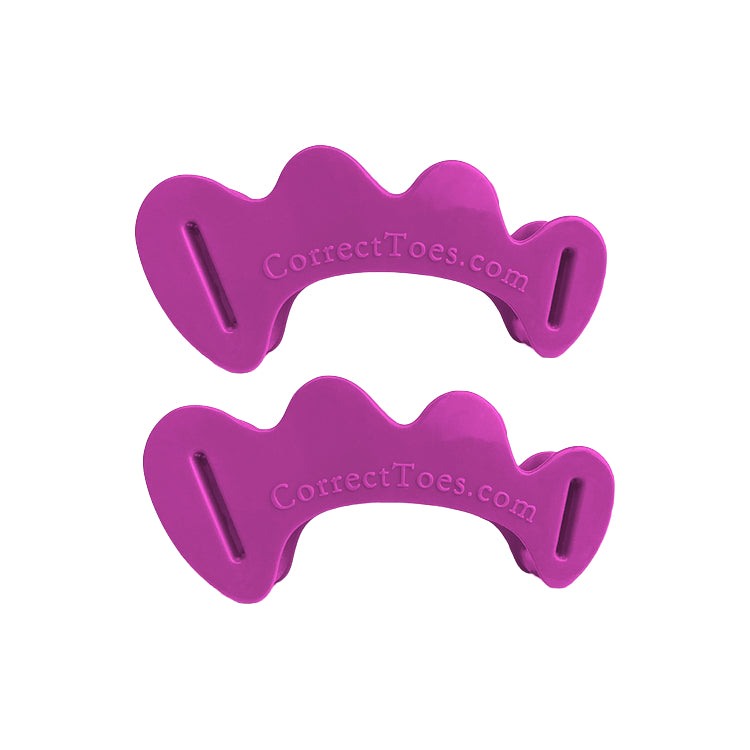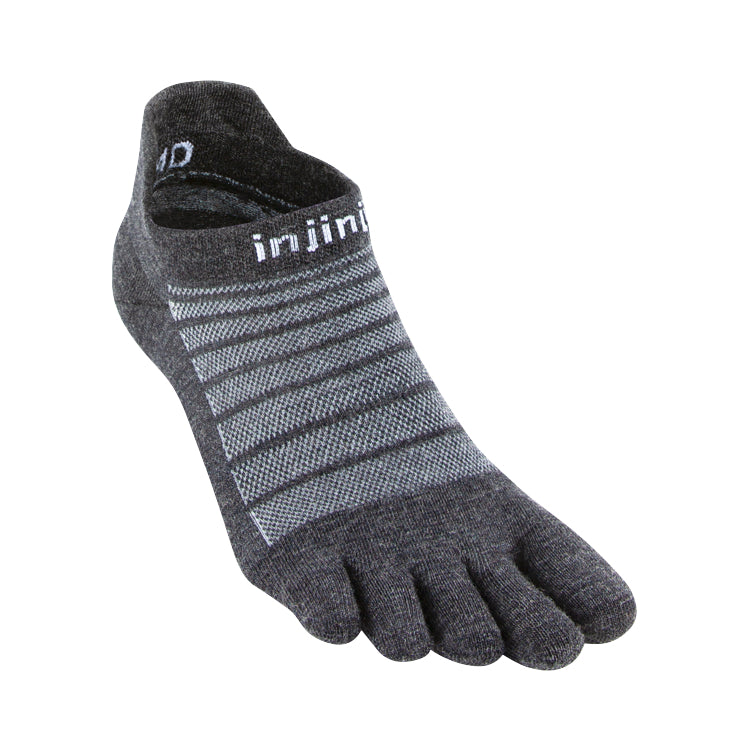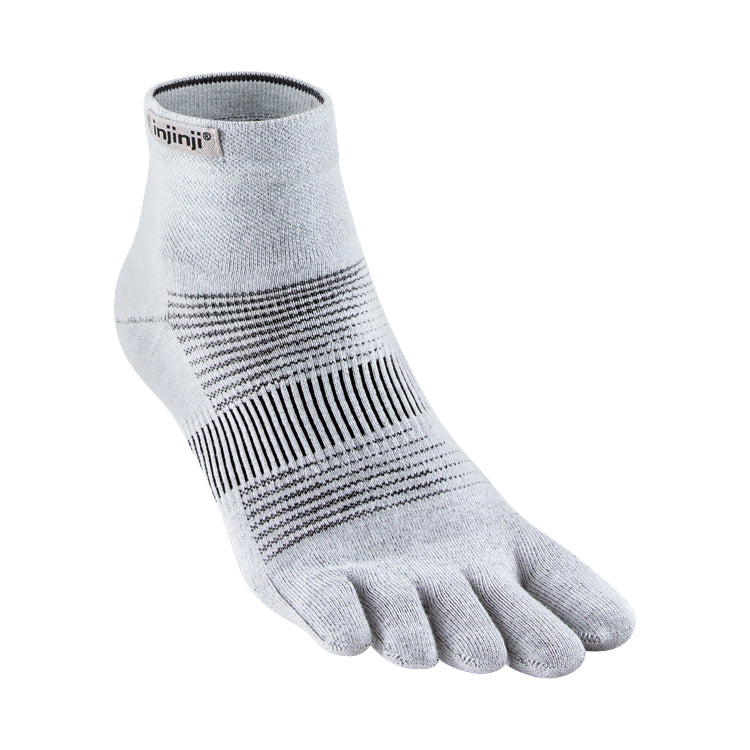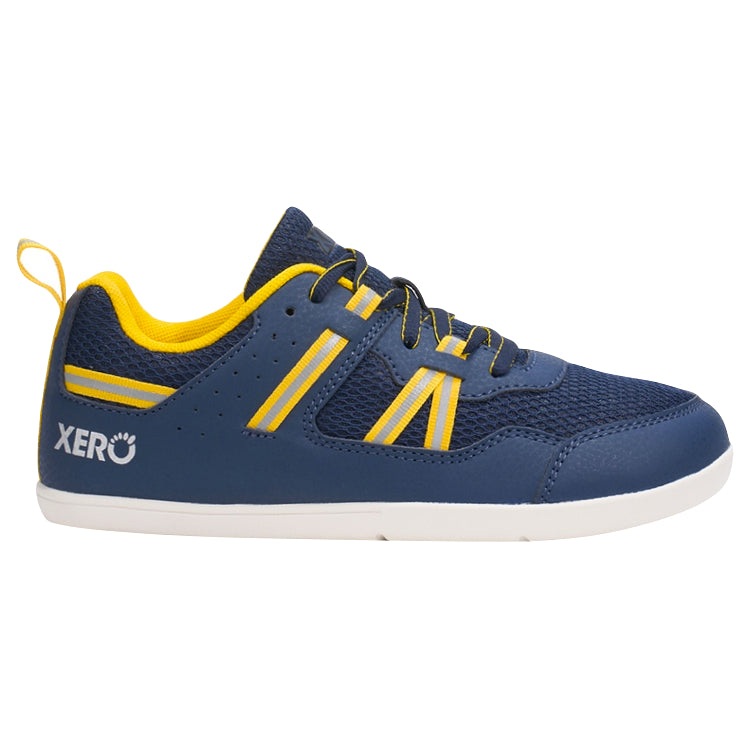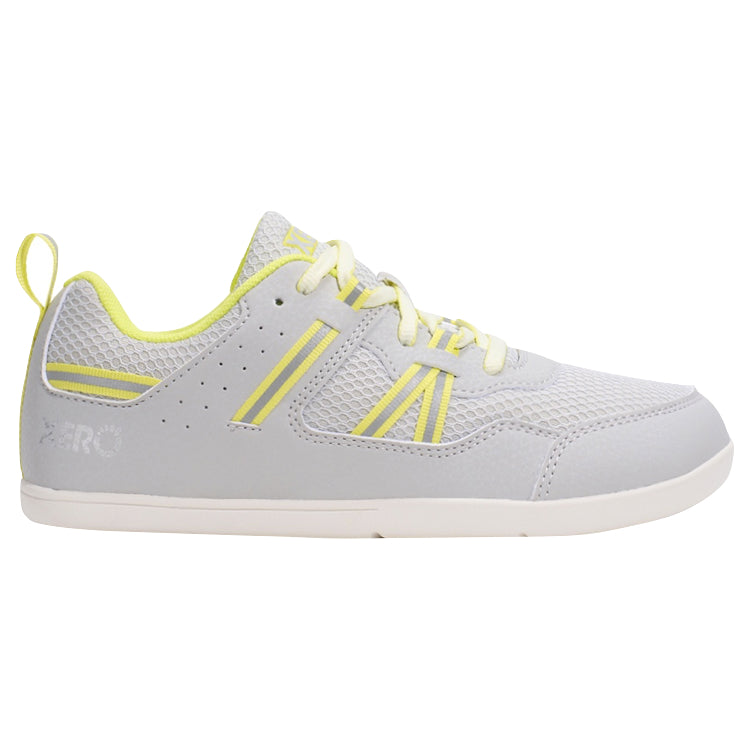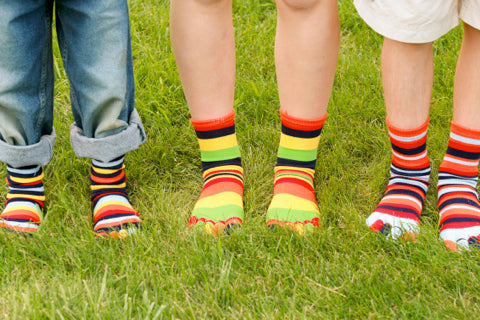
This is a great question, and one that the team here at Natural Footgear often receives from curious parents. Quickly, though, before we dive into that topic, it’s important to note that long-term foot health is an incredible gift that parents can give to their children—a gift that will pay large quality of life dividends over time. It’s natural that parents want to ensure that their little ones put their best foot forward early in life, and we applaud all parents who have the foresight to consider the ramifications of foot health on the well-being of their kids. So, if you’re reading this post, congratulations! Your proactivity will help your child avoid the many common pitfalls and practices that cause foot pain and problems in far too many of our young people today.
The good news is that, with rare exception, most babies are born with perfect feet, and most kids are usually able to avoid foot problems, at least into their early teens. Young feet are resilient, and thanks to the fact that most kids quickly kick off their shoes when not needed, and that footwear for at least the youngest of our children tends to be more “natural foot shaped,” kids’ foot shape and function can often be protected and preserved—at least for a time. Problems, when they do arise, typically occur after the introduction of more adult-like footwear, with its many inherent design flaws. To help thwart common foot problems, parents need to understand what constitutes truly foot-healthy footwear for their children and how to go about selecting brands and models that will best serve growing and developing feet.
So, in most cases, good footwear alone—which is really nothing more than a protective covering that allows your child’s foot to function naturally—along with plenty of barefoot time is usually enough to keep young feet healthy and happy. The need for Correct Toes toe spacers, in the scenario in which spacious and accommodating footwear is frequently used, is actually pretty minimal. However, for those kids who, at a young age, are already showing signs of footwear-induced passive toe deformities, Correct Toes can be a gentle and effective tool to help restore optimal toe alignment and set them up for a long life of painless and health-promoting physical activity. Most passive toe deformities that arise in kids typically respond quite rapidly to an intervention involving Correct Toes, due to the incredible plasticity present in their bony and soft tissues.
Correct Toes comes in four distinct sizes (X-Small, Small, Medium, and Large), with the X-Small size generally being considered the “pediatric” size (though some adults with particularly petite feet may also benefit from this size in Correct Toes). Most young kids, then, will tend to do best with the X-Small size, but slightly older kids, with slightly larger feet, may actually do better with the Small size—it mostly depends on the width of the toes at the time of need. According to Dr. Ray McClanahan, a sports podiatrist at Northwest Foot & Ankle and the inventor of Correct Toes:
It all depends upon the size of the toes, and if they have deformity. Generally around age 3-5 has been our experience.
So, as a parent, you might consider introducing Correct Toes quite early in life, if need be, as long as your child is able to keep the device on his or her feet (wearing the spacers beneath a pair of conventional socks—with the sock's toe seam stretched out to prevent any infringement of the sock upon the toes—might work well for some kids). Of course, before introducing any intervention designed to treat or address foot problems in your wee one, we always recommend consulting a local foot care provider to determine the best approach for your child and his or her unique foot care needs.
Hopefully that answers your question! We have a number of other resources on our site relating to kids and foot health, and we encourage you to check them out:
Here’s wishing both you and your little ones all the best in foot health!

WANT TO IMPROVE YOUR FOOT HEALTH?
Let the team at Natural Footgear help you! Subscribe to our newsletter for the latest offers and helpful info, and sign up for our FREE email courses on various topics and foot health conditions.
Sign Up →
Want to Improve Your Foot Health?
We are here to help you every step of the way. Get our newsletter for the latest offers and helpful info, and sign up for our FREE email courses on various topics and conditions, including bunions, hammertoes, neuromas, plantar fasciosis, shin splints, ingrown toenails, and more.
Sign Up →
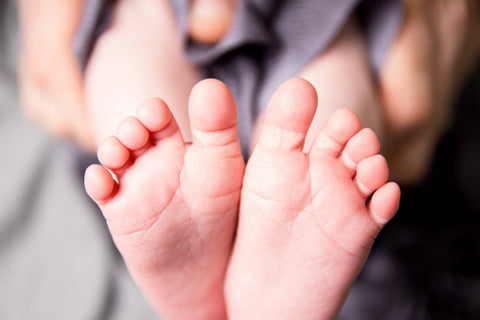 In order to understand how our feet would develop without shoes, we need look no further than barefoot cultures that currently exist around the world in places like Asia, Africa, and South and Central America. The feet of barefoot individuals are characterized by strong, sturdy arches, thick calluses on the underside of the foot, and perfectly straight toes that are splayed well apart. In shoe-wearing societies, we have lost the...
Read more
In order to understand how our feet would develop without shoes, we need look no further than barefoot cultures that currently exist around the world in places like Asia, Africa, and South and Central America. The feet of barefoot individuals are characterized by strong, sturdy arches, thick calluses on the underside of the foot, and perfectly straight toes that are splayed well apart. In shoe-wearing societies, we have lost the...
Read more



